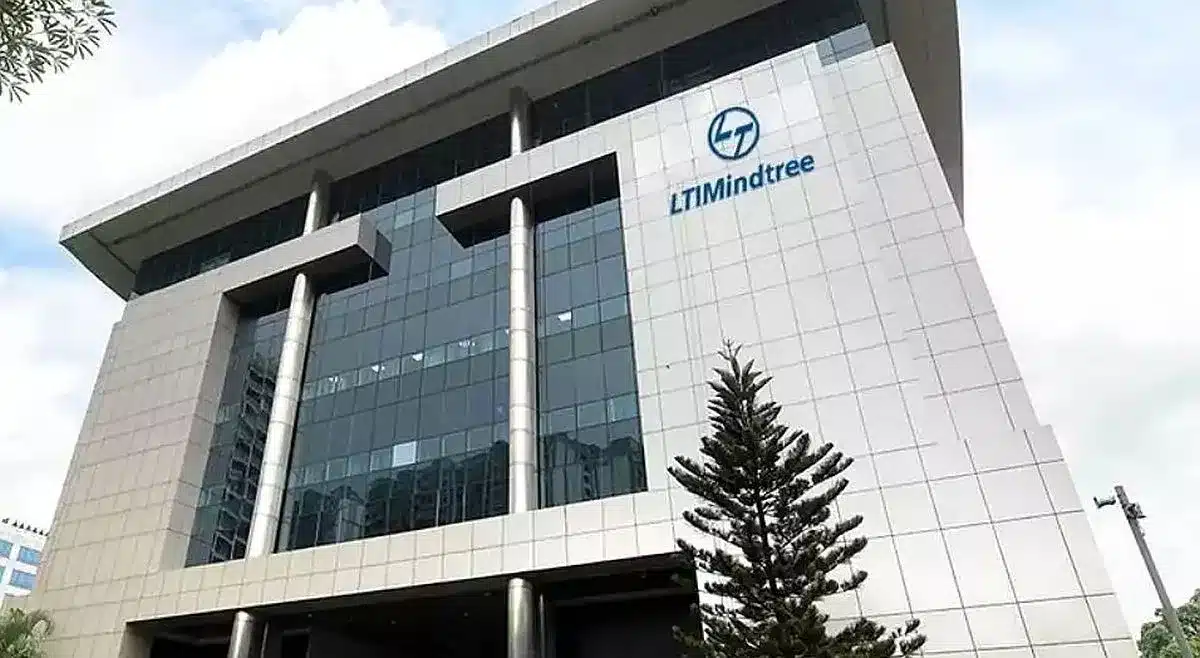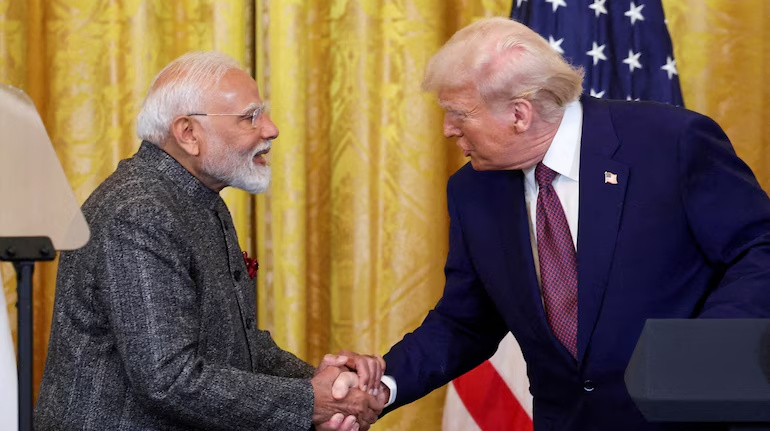India’s May 7 Blackout Mock Drill: What to Expect and How to Prepare?
- Abhishek

India is preparing for one of its largest civil preparedness exercises in recent times. On May 7, 2025, a nationwide Civil Defence Mock Drill will be conducted across 244 districts, as directed by the Ministry of Home Affairs (MHA). This large-scale operation comes in the wake of rising security concerns, particularly following the tragic Pahalgam terror attack, which claimed the lives of 26 Indian tourists.
But what exactly is this drill about? Why is it being conducted now? And what can ordinary citizens expect?
Why is the Mock Drill Being Conducted?
While tensions between India and Pakistan have flared up again, government officials emphasize that this mock drill is not a sign of war, but a preventive and preparatory measure.
The exercise falls under the Civil Defence Rules, 1968, and aims to evaluate how prepared civilians and local authorities are in case of a large-scale emergency such as an aerial strike or wartime situation.
Think of it as a fire drill — but on a national scale.
What is a Civil Defence Mock Drill?
A civil defence mock drill simulates emergency scenarios like air raids, missile attacks, or wartime blackouts. These drills are designed to:
-
Reduce panic during real emergencies
-
Train civilians in basic safety and response measures
-
Assess readiness of local authorities and response teams
-
Identify gaps in coordination and infrastructure
During these exercises, sirens may blare, cities may go temporarily dark, and emergency teams will conduct evacuation and rescue simulations.
Throwback to Cold War-Era Tactics
Such drills may seem intense, but they’re not new. Cold War-era civil defence systems regularly used similar blackout and evacuation procedures. Countries worldwide, including the U.S., USSR, and others, used them to prepare their populations for potential attacks. India is now reintroducing these practices in light of modern threats.
What You Might Experience on May 7
If you’re in one of the 244 participating districts, here’s what you may notice:
-
Short blackouts or temporary power cuts
-
Air raid sirens going off
-
Mobile networks or internet interruptions in some areas
-
Traffic diversions or restricted access to certain public places
-
Public announcements or alerts via radio and loudspeakers
-
Presence of Civil Defence teams, Home Guards, or volunteers in your area
These activities are part of the simulation, not real emergencies. The goal is to rehearse what might happen in the worst-case scenario, without causing panic.
Who Is Involved in the Civil Defence Drill?
The drill will involve a wide cross-section of society. Participants include:
-
District Authorities – Leading coordination and planning
-
Home Guards and Civil Defence Wardens – Executing the drill on the ground
-
NCC (National Cadet Corps), NSS (National Service Scheme), and NYKS (Nehru Yuva Kendra Sangathan)volunteers – Spreading awareness and assisting operations
-
Students from schools and colleges – Participating in awareness exercises and emergency simulations
This is a joint civilian and government effort to strengthen national preparedness.
Safety Tips for the Public During the Drill
If you’re in an area where the mock drill is taking place, follow these safety reminders:
-
Stay calm and don’t panic if lights or signals go out
-
Avoid spreading rumours or sharing unverified news on social media
-
Keep essentials like water, a flashlight, and basic medicine handy
-
Follow local instructions from civil defence personnel or law enforcement
-
Listen to radio or official government channels for updates
Why This Drill Matters
India’s civil defence infrastructure has been relatively inactive in recent years. But growing threats from terrorism and geopolitical instability make it crucial for the country to reassess its emergency response mechanisms. These drills are not meant to scare people — they are meant to educate and empower them.
If successful, this May 7 mock drill could become the blueprint for future national safety campaigns.







